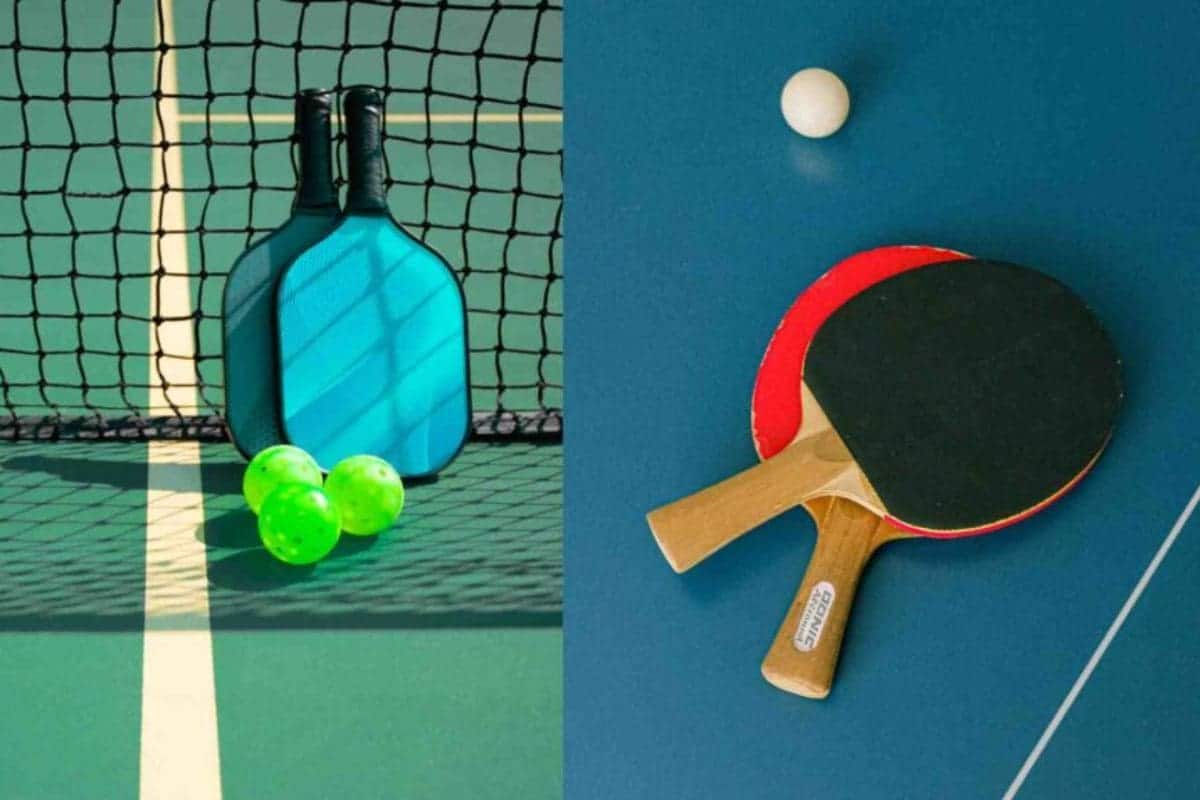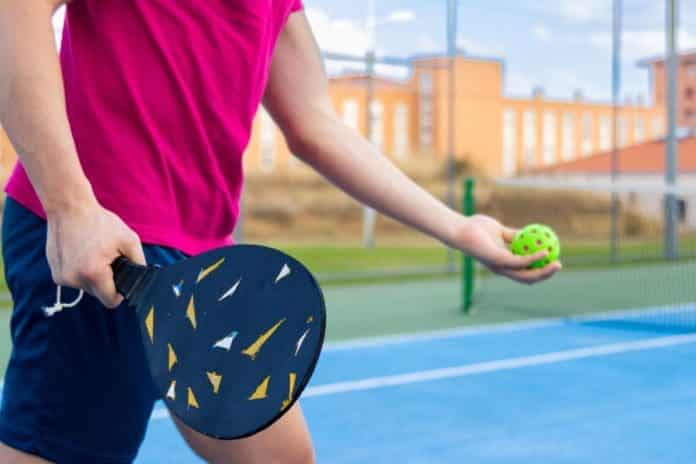Pickleball Performance Boost: Pickleball has evolved into a sport with a unique blend of elements from tennis, badminton, and ping pong. While many aspects of pickleball diverge significantly from these parent sports, certain aspects of ping pong have left an indelible mark on how the game is played and perceived. This article explores the subtle yet impactful ways in which pickleball has borrowed from ping pong, particularly focusing on paddle manipulation, net play, and footwork.
Pickleball Paddle Manipulation: A Ping Pong Influence
One of the most noticeable influences from ping pong in pickleball is the manipulation of the paddle. Ping pong players are renowned for their finesse with paddle handling, employing a variety of techniques such as flicks and blocks to control the ball.
These skills have carried over into pickleball, where players often use similar techniques to execute shots with precision. The ability to perform quick, controlled flicks and accurate blocks at the net reflects a direct borrowing from the table tennis playbook.
In pickleball, this paddle manipulation is crucial for dealing with fast exchanges at the net. The agility and reflexes honed in ping pong can translate effectively into pickleball, enabling players to respond quickly and strategically to opponents’ shots. Despite the larger paddle in pickleball compared to ping pong, the underlying principles of paddle control remain similar.
Net Height and Proximity: Echoes of Ping Pong
Another area where pickleball echoes the elements of ping pong is in net play and the distance between opponents. The net height in pickleball, while slightly lower and dipping in the center compared to tennis, shares similarities with the net height in ping pong. Both sports require players to engage in intense, close-range rallies, with a significant portion of the game occurring near the net.

This proximity influences how players approach the game. In pickleball, as in ping pong, players must adapt their strategies to handle fast exchanges and quick reflexes. The requirement to keep the ball in front of them and respond to shots at net height mirrors the spatial awareness and quick reactions needed in table tennis. This close-quarters play demands precision and agility, skills that are crucial for success in both sports.
Footwork and Ball Tracking in Pickleball: The Ping Pong Legacy
Footwork is another critical area where pickleball players benefit from skills developed in ping pong. The lateral footwork used in ping pong, where players constantly adjust their position to keep the ball in front of them, translates well to pickleball. In both sports, maintaining optimal positioning relative to the ball is essential for executing effective shots.
Pickleball players often exhibit similar footwork patterns, positioning themselves to attack or defend efficiently. The emphasis on ball tracking and quick lateral movements in ping pong helps players stay agile and responsive on the pickleball court. This footwork enhances a player’s ability to control the ball and contributes to their overall effectiveness in offensive and defensive scenarios.
News in Brief: Pickleball Performance Boost
While pickleball has its own distinct identity, it is clear that the sport has drawn significant inspiration from ping pong. The influence of paddle manipulation, net play dynamics, and footwork highlights the connection between these two games. By understanding these borrowed elements, players can better appreciate the variations of pickleball and how their skills from ping pong might translate onto the pickleball court.
ALSO READ: Customized Pickleball Paddles for Power and Control: Secret Behind Pro Pickleball Players’ Success

